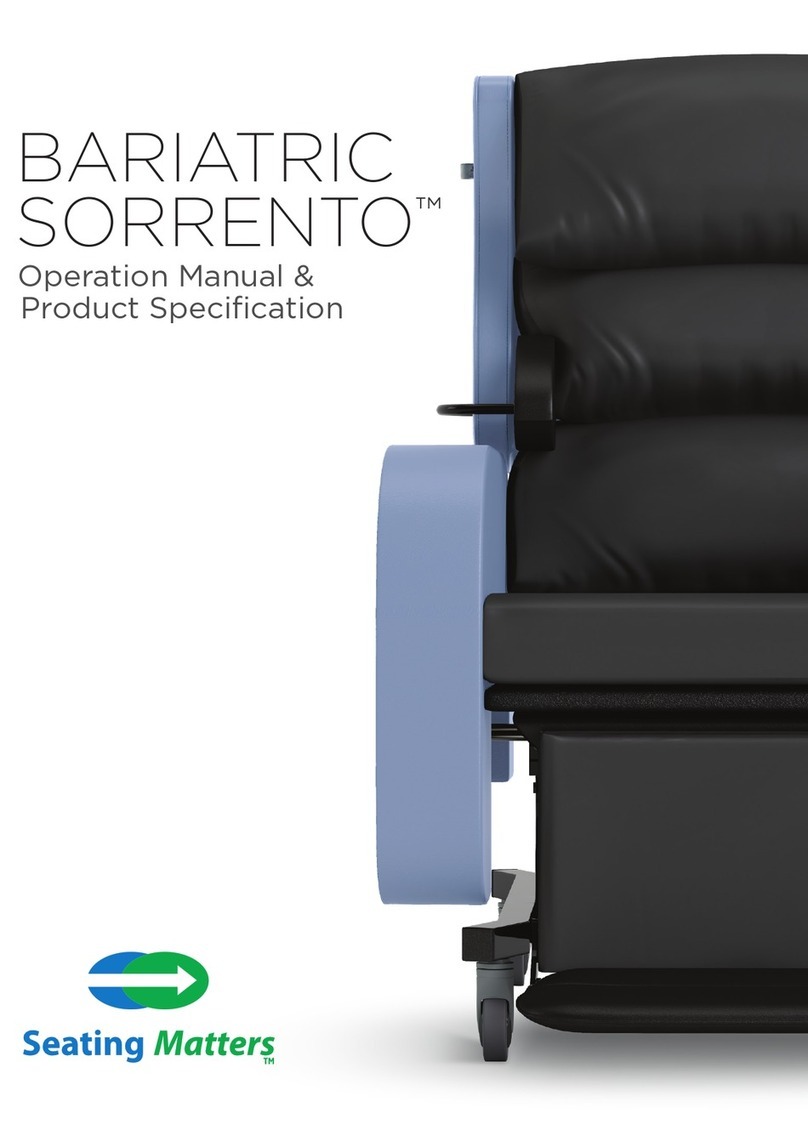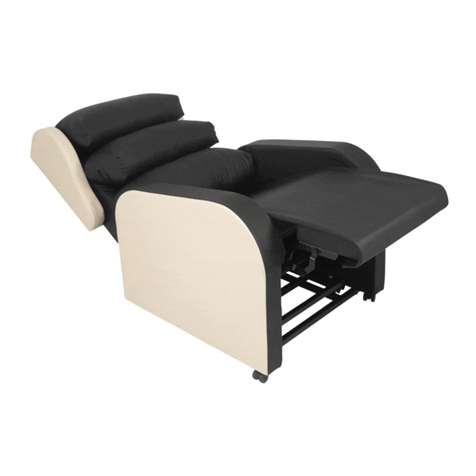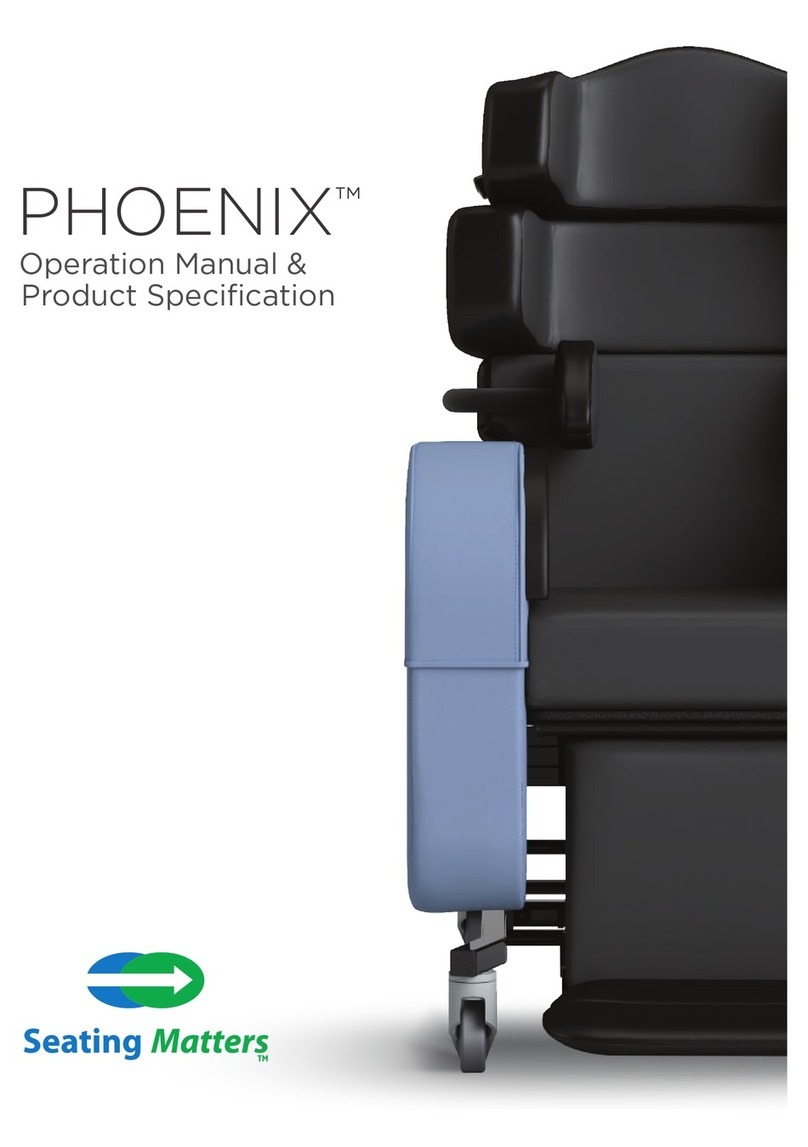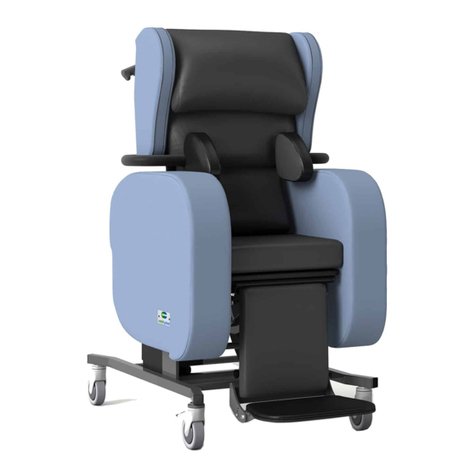Seating Matters ATLANTA Installation instructions


















Table of contents
Other Seating Matters Indoor Furnishing manuals
Popular Indoor Furnishing manuals by other brands
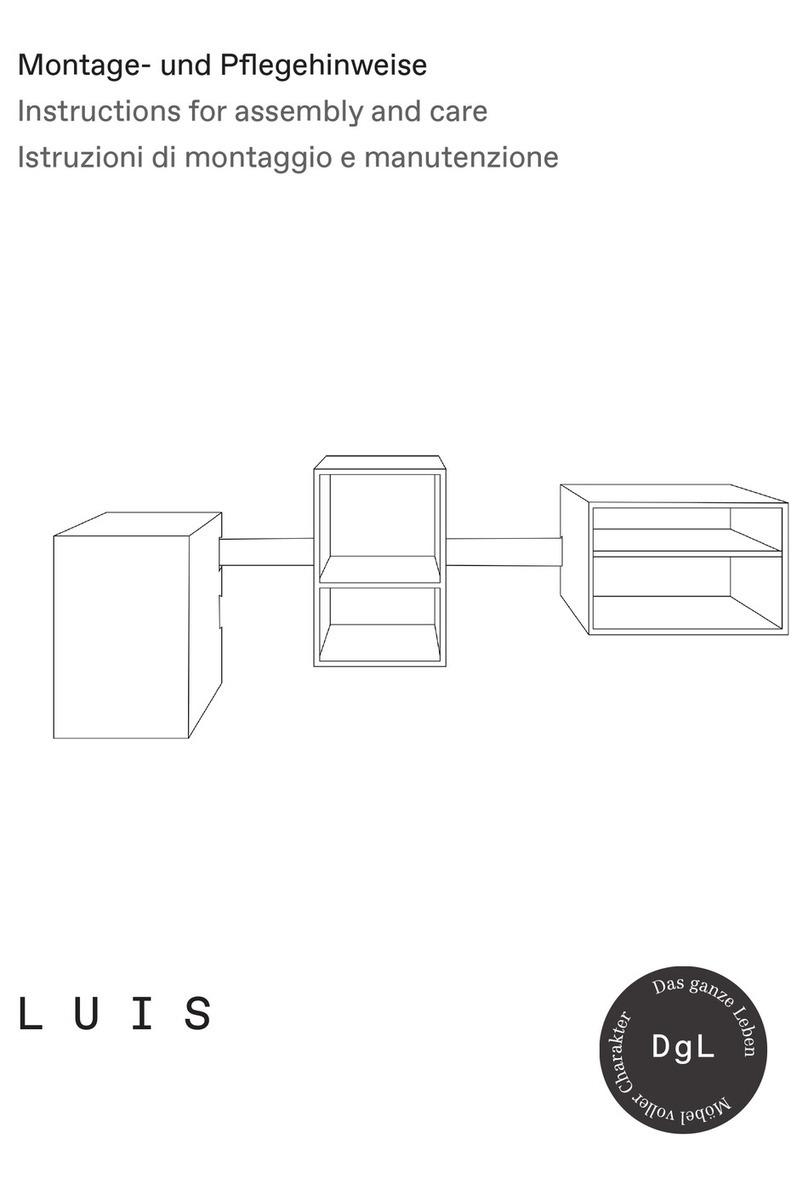
DGL
DGL LUIS Assembly instructions

Sunsitt
Sunsitt ST23007-010 Assembly instructions
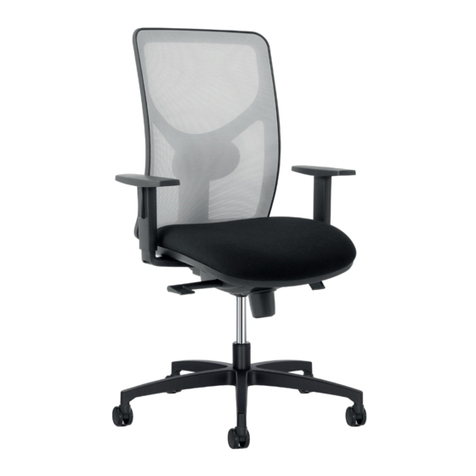
SitLand
SitLand Sit 1 user manual
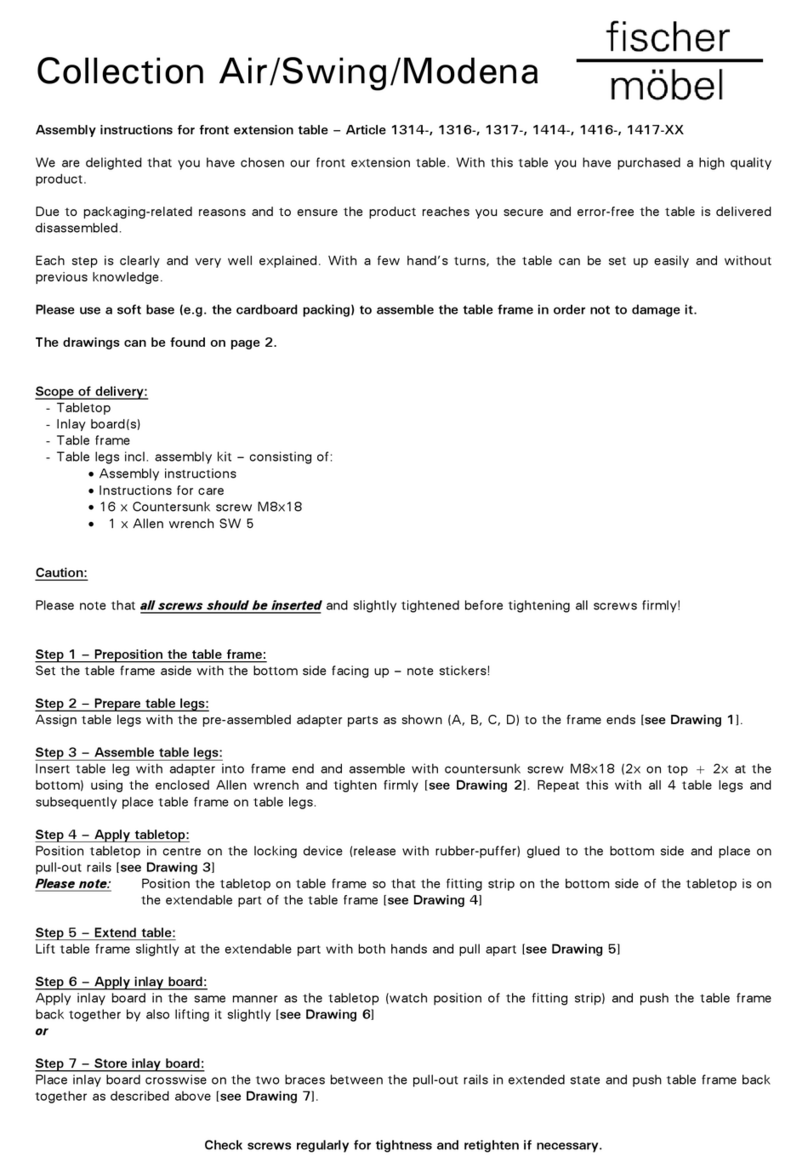
Fischer mobel
Fischer mobel 1316 series Assembly instructions
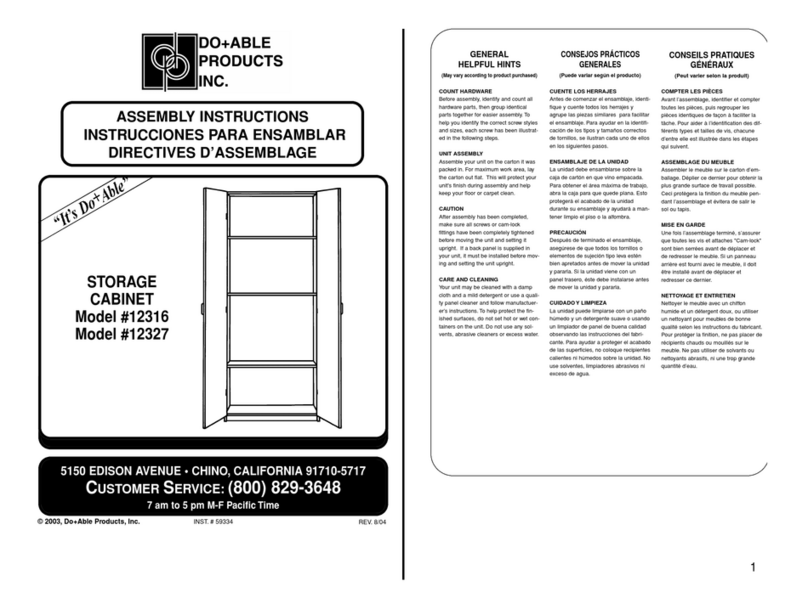
Do+Able Products
Do+Able Products 12316 Assembly instructions

pottery barn kids
pottery barn kids CATALINA COTTAGE T/F BUNK BED quick start guide
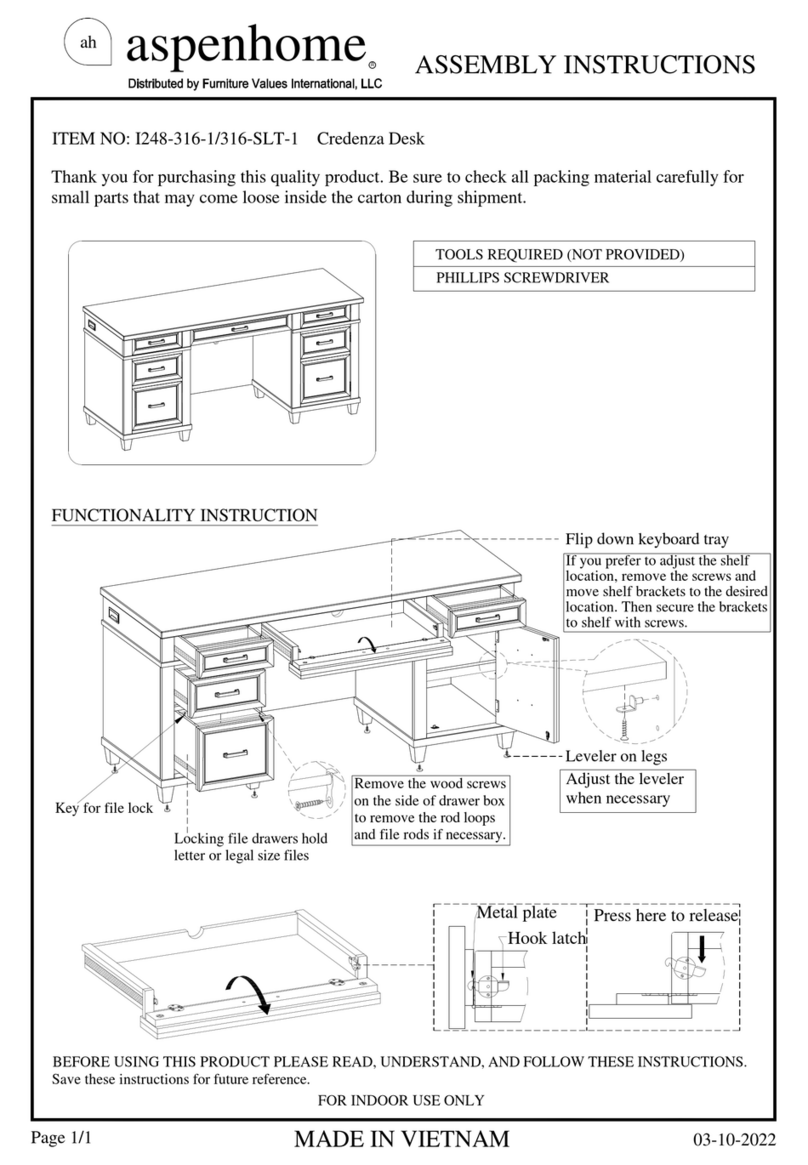
Furniture Values International
Furniture Values International aspenhome I248-316-1 Assembly instructions
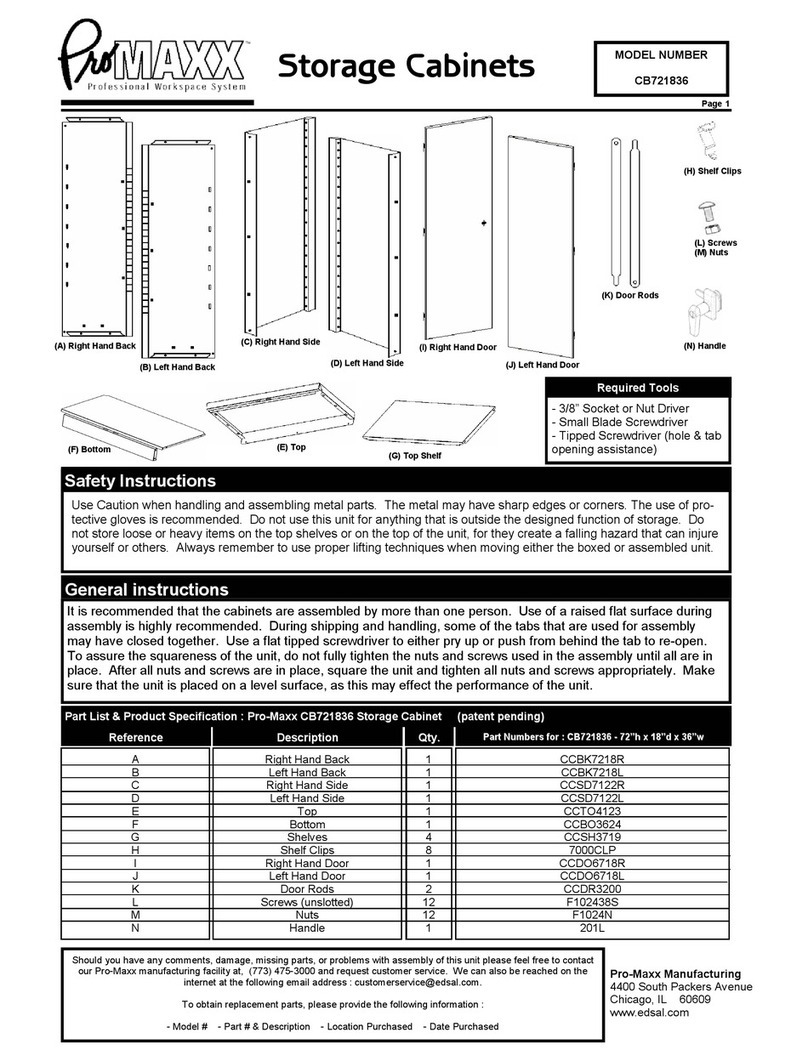
ProMaxX
ProMaxX CB721836 Assembly instructions

Möbel AS
Möbel AS CLPT14 Assembling Instruction
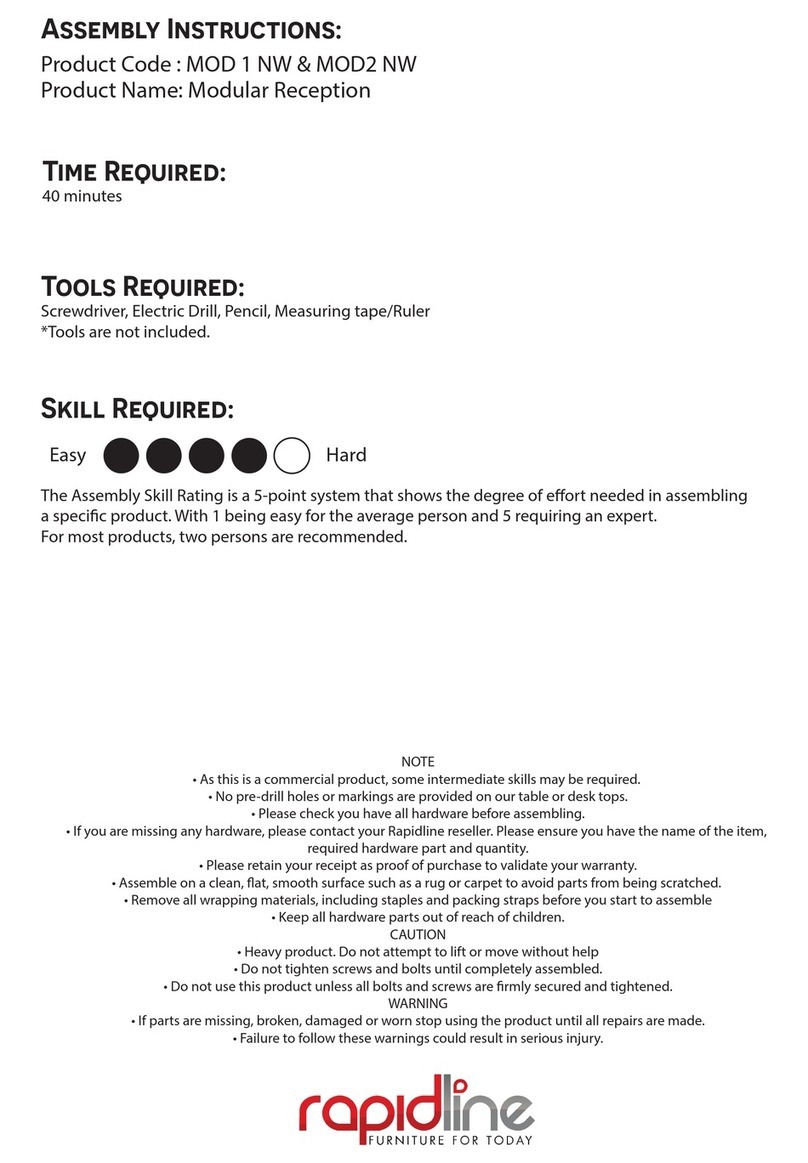
Rapidline
Rapidline MOD 1 NW Assembly instructions

eliving FURNITURE
eliving FURNITURE COCO CCO-TV180-WHT Assemble instructions
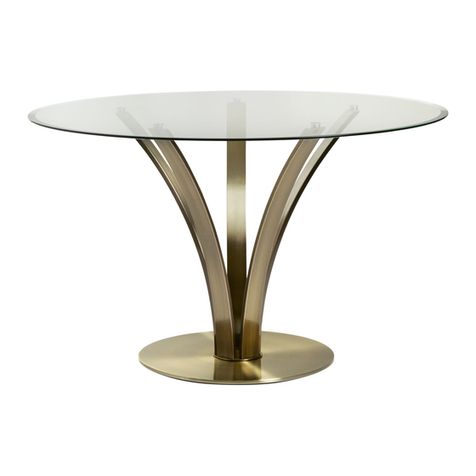
John Lewis
John Lewis Moritz manual
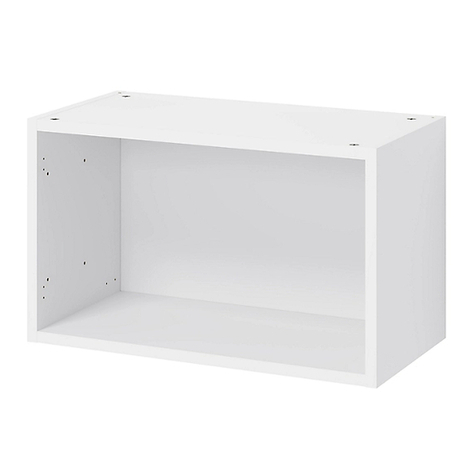
Norbord
Norbord CSS791 ASSEMBLEY GUIDE
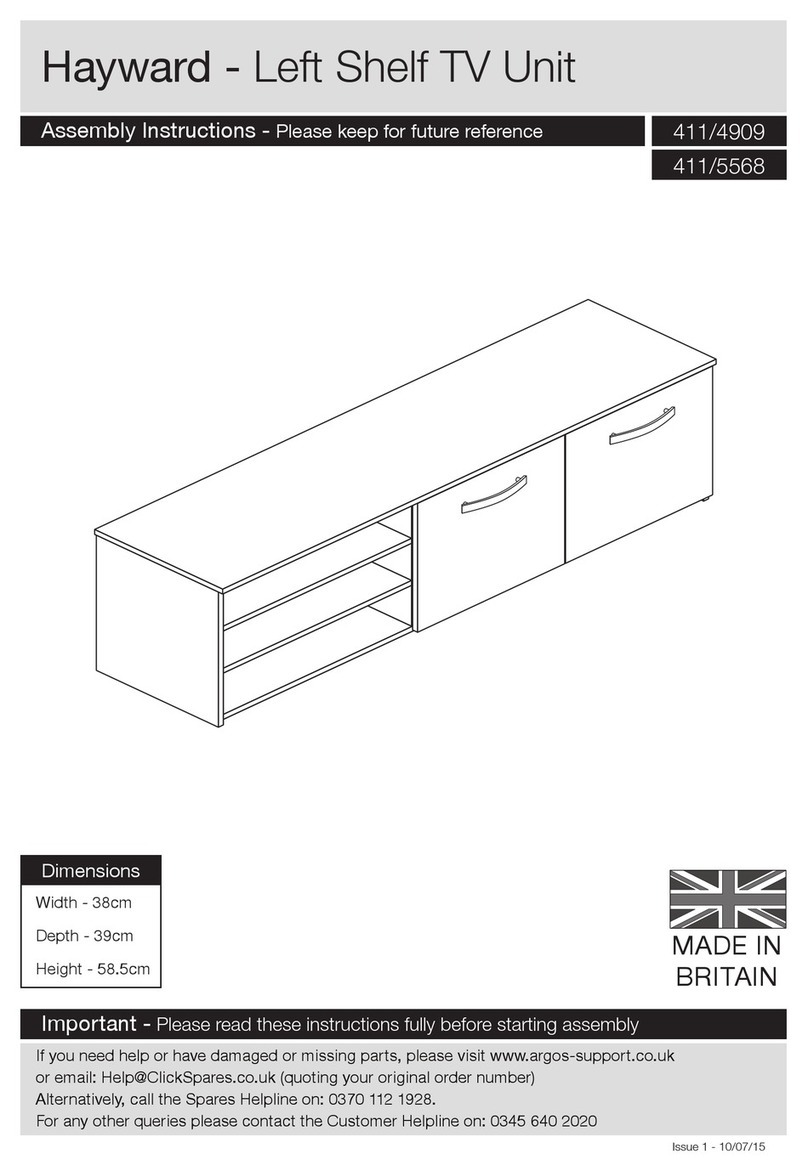
Hayward
Hayward 411/4909 Assembly instructions

Neo Chair
Neo Chair N-GEN VELOX Series USER GUIDE & ASSEMBLY INSTRUCTIONS
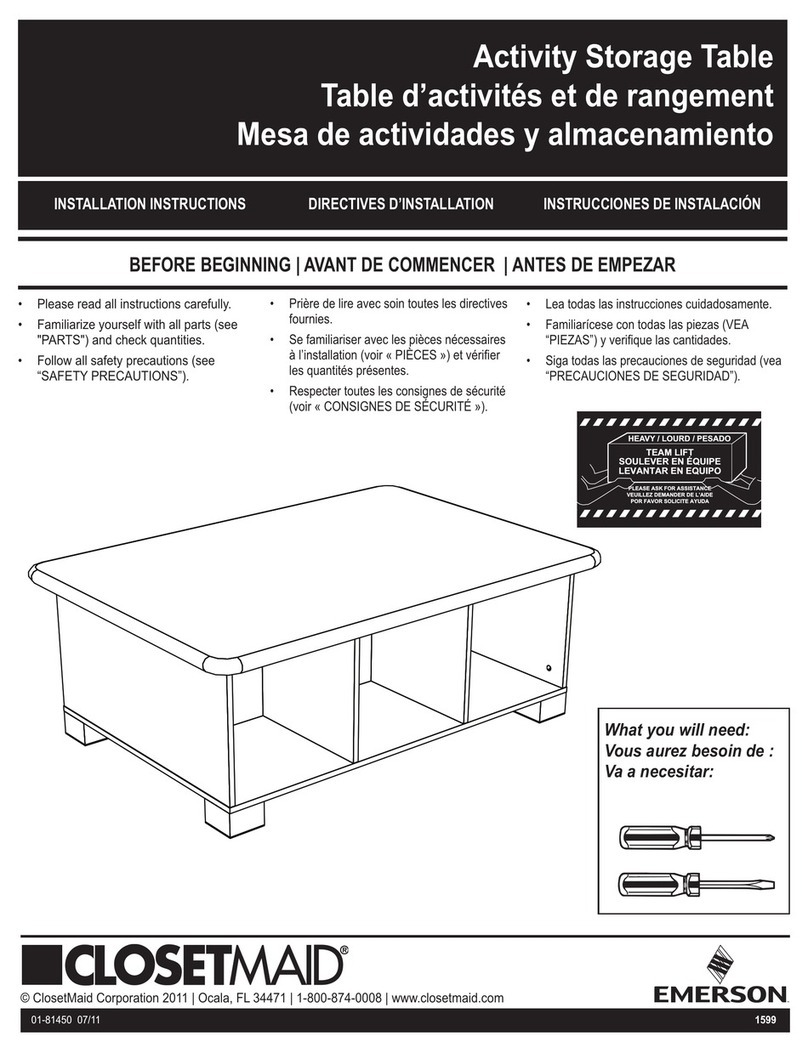
Emerson
Emerson ClosetMaid Activity Storage Table installation instructions
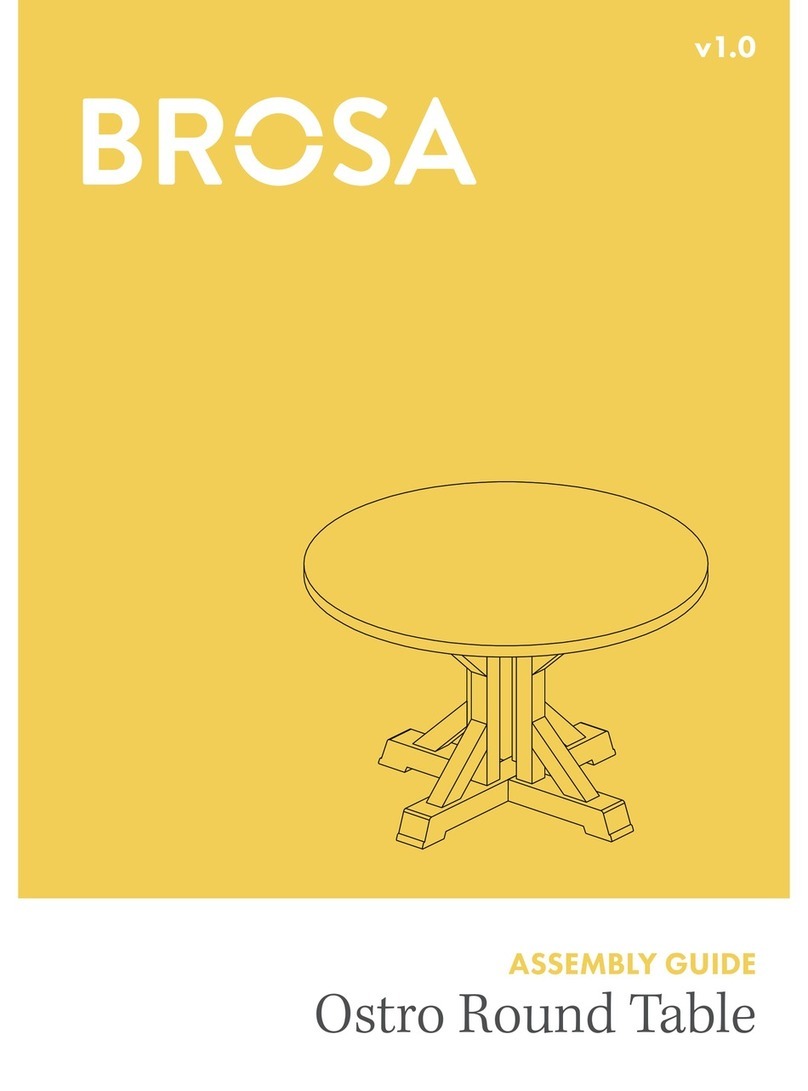
BROSA
BROSA OSTRO Assembly guide

Teknik
Teknik Barrister Home Credenza 5421458 manual
